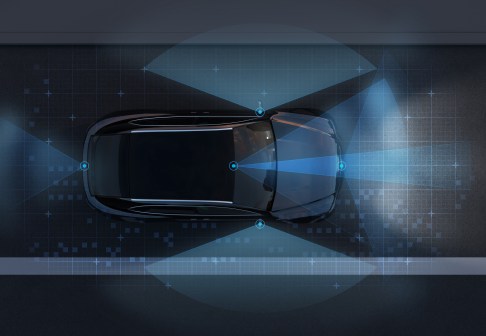MIT prototypes 3D-printable driverless boats that could relieve traffic in canal-heavy cities

Imagine gondoliers paddling through the canals of Venice, as Venetians have done for centuries, alongside a swarm of sleek, self-piloted robotic boats. While it might seem like the stuff of fiction, it could soon be a reality.
A team at MIT has designed and built a small fleet of high-tech, self-piloting watercraft that could eventually be scaled up in size to improve transportation and ease congestion in cities famous for their bustling waterways and canal-heavy designs, such as Amsterdam, Bangkok or Fort Lauderdale.
MIT researchers from its Computer Science and Artificial Intelligence Laboratory ( CSAIL ) and Senseable City Lab joined forces to create a boat that, employing emerging technologies such as automation, could improve transportation in cities.
Each boat is driverless, self-piloting, and 3D-printable in 60 hours, making mass manufacturing effective. And with a unique design — four thrusters positioned alongside the center of the boat — the vessels can move laterally, backwards and forwards, making them agile and adaptable.
The boats navigate precisely thanks to a slew of sensors, microcontrollers and GPS modules fitted to the 4-by-2-meter hulls. Also onboard is a power supply, Wi-Fi antenna, and minicomputer. Taken together, these technologies allow each boat to steer, thrust and propel, while tracking location, orientation and movement.
With a rectangular shape, advanced trajectory-tracking algorithms and precision docking and latching, the boats were designed to attach to one another. From there, they can self-assemble into larger structures such as a makeshift bridge, a large water taxi or a concert stage.
The idea was conceived with the intention of cutting down on traffic congestion and more efficiently ferrying goods. A network of these robot boats could replace land-based vehicles and clear up aquatic thoroughfares — or even take out the trash.
“Imagine shifting some of infrastructure services that usually take place during the day on the road — deliveries, garbage management, waste management — to the middle of the night, on the water, using a fleet of autonomous boats,” said CSAIL Director Daniela Rus in an MIT press release .
It’s still unclear when MIT’s robo-boats will make their maiden voyage. Researchers are fine-tuning the boats’ software and testing it on the Charles River in Boston. There are still design wrinkles that need to be ironed out with the autonomous piloting aspect, such as multi-robot coordination and urban navigation.
“Having swarms of robots in the canals of Amsterdam is a great idea,” said Javier Alonso-Mora, a cognitive robotics professor at Delft University of Technology in the Netherlands, in an MIT press release. “This is a first step in that direction, with a very nice prototype.”





